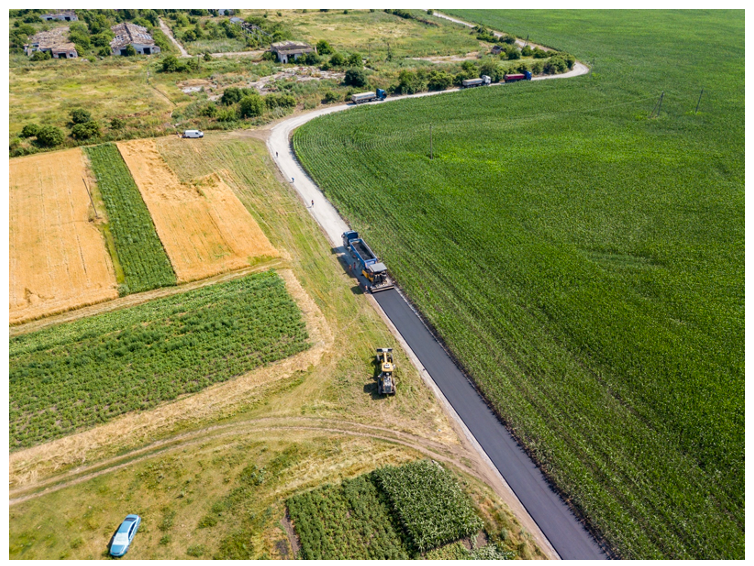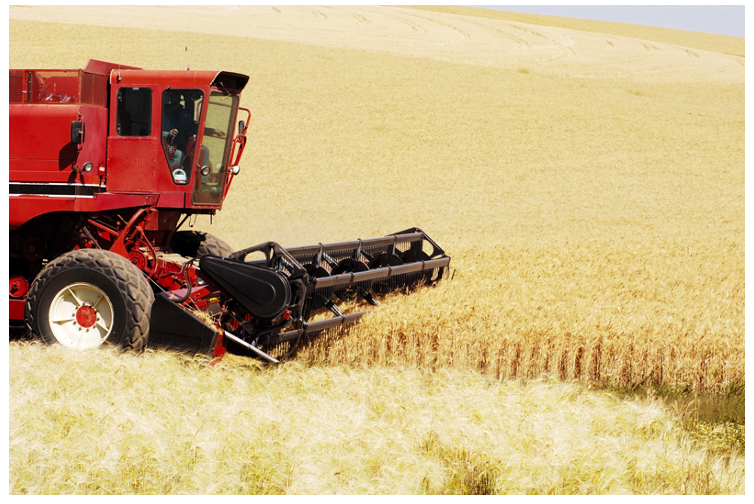Insight Focus
- Ukraine-related volatility likely to continue with no end in sight to conflict.
- Ukrainian plantings are much lower on the year, focus on domestic, not export market.
- Fertiliser availability is an issue for global grains production.
Nixal’s Forecast
Our price forecast for 2021/22 (Sep/Oct) Chicago corn remains unchanged in a range of 5.5 to 6 USD/bu. The average price since the start of the new crop is running at 6.06 USD/bu.
Market Commentary
Soybean prices dropped 8% last week. This was fueled by Shanghai’s lockdown, strong acreage in the US, and plummeting crude oil prices.
Corn and wheat also had negative weeks, with quarterly corn stocks in the US higher than expected and US wheat in good condition.
The week started negative as peace talks between Russia and Ukraine created a feeling that the war would end soon, enabling Ukrainian farmers to plant most of their area.
Last Tuesday, Russia said it would “drastically reduce” fire around Kiev but Western countries say troops are still there. Expectations for a quick end to the conflict have disappeared and the market has recovered some of the losses.
According to Ukraine’s Agricultural Minister, the country has planted 603k hectares, down 17.2m hectares on the year, and 12.8m hectares shy of the expected total. They said that some 20% of the area is occupied by Russian forces. They also said the focus will be more heavily placed on crops that can feed the population rather than export crops like corn.

Grain exports via rail have started very slowly. Transshipment is needed due to the difference in rail width between Ukraine and EU.
We then had the USDA’s prospective planting report and quarterly stocks report last Thursday. Wheat stocks came in at 1.02b bu, down 22% on the year. Corn stocks totalled 7.85b bu, up 2% on the year. Soybean stocks jumped to 1.93b bu, up 24% year on year.
Corn acreage was at 91.1m acres (+1% year on year), soybean was at 87.6m acres (+5% year on year) and wheat was at 46.4m acres (+5% year on year). The March WASDE had corn acreage at 93.4m acres.
The report was not supportive, but between the time when the poll was made and when planting begins, farmer decisions may have changed. It’ll be interesting to see the numbers in the USDA’s April WASDE, due next week.
In South America, Abiove reduced its soybean production forecast for Brazil to 125.3m tonnes, down 10.5m tonnes from before. Datagro’s forecast now sits at 125.1m tonnes versus 130.3 before. It also has corn production at 118.3m tonnes, up from 117.8m tonnes before.
Brazil’s soybean harvest is 75.8% complete, up 6% year on year. Its first corn crop is 47.1% harvested, up 4% on the year. Safrinha planting is 98.2% complete, up 6.5% year on year.
On the wheat front, additional pressure came from good weather in the US across most states. French wheat ranks at 92% good to excellent up 5% on the year but unchanged from last week.

The most important elements to focus on continue to be Ukrainian production and global fertiliser availability. We should also have the typical volatility from the planting season in the Northern Hemisphere.
Ukrainian production will be all or nothing, so high prices will stay if the conflict lasts. A big correction will come if there’s peace in the coming days that means most of the area is planted and trade flows revert to normal.
Russian grains exports appear to be slow but flowing and exporters have asked the Central Bank to solve issues with payments as they cannot receive in foreign currency and change to rubles.
On the fertiliser front, German farmers said supply is tight and called to create a national reserve.
Next week, we have the April WASDE, which should consolidate the acres of the prospective planting report. This week, all eyes will be on the potential quick end to the war in Ukraine and the USDA’s planting data. Expect volatility.
Other Insights That May Be of Interest…
Ukraine & Grains: Who is Most at Risk?
Russia & Ukraine Grains Likely to Be Disrupted into H2’22
Ukrainian Grains Production Faces Severe Delays
Explainers That May Be of Interest…













